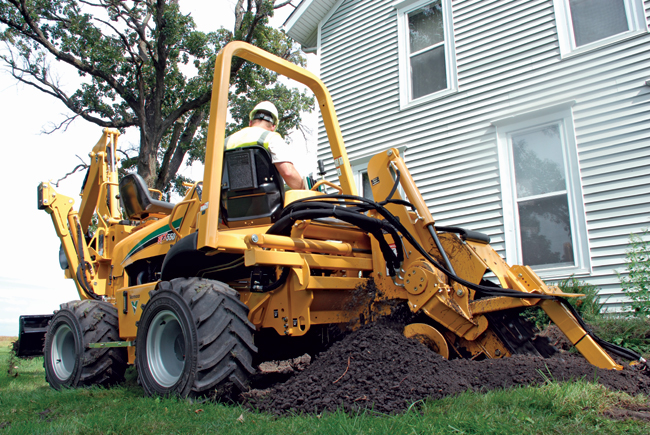Difficult Times Open Creative Opportunities for Water and Wastewater Markets
The single-most valuable resource today — water — is practically being given away. Crucial for energy production, manufacturing, agriculture and public health, the raw economics of water consumption and management are both compelling and challenging: water security, economic development and GDP are all tightly interlinked.
The current economic downturn offers an opportunity to start addressing the emerging water crisis — both at a global and national level. The escalating pressures of dry funding pools, combined with new regulatory requirements and decrepit water/wastewater infrastructure, are starting to drive revitalization of the industry, with technological leaps and innovative alliances crystallizing into new opportunities for engineering and construction firms, according to FMI Corp.
 |
| The money flowing into the water and wastewater market is driving technological leaps and innovative alliances, crystallizing into new opportunities for engineering and construction firms. In fact, we’ll be covering them all year long. |
The U.S. water and wastewater industry is evolving due to evaporating funds, system failure, increased pressure on natural resources and strict regulations. Alternate methods of financing, design and project delivery provide engineering and construction firms with new opportunities.
As the estimated $20 billion shortfall in water and wastewater infrastructure investment gains a foothold at a national level, the industry remains a sleeper, according to a report by FMI Corp. Total U.S. water supply construction put in place has grown from $7.6 billion in 1999 to $16.6 billion in 2009. It is expected to grow to $20.2 billion by 2013. The total U.S. wastewater construction market has more than tripled in size over the last decade, from $3.2 billion in 1999 to $10.3 billion in 2009.
The responsibility is on innovative engineering and construction firms to offer solutions to problems that have dogged the industry, and the legislation that supports it, for years. Design-build and construction management at-risk project delivery now represents about 20 to 30 percent of all U.S. water and wastewater projects. FMI expects these numbers to shift toward design-build and other alternative delivery methods as municipalities are forced to find new ways to deliver projects faster, cheaper and more efficiently in order to meet stringent consent decrees while operating within limited budgets.

Comments are closed here.